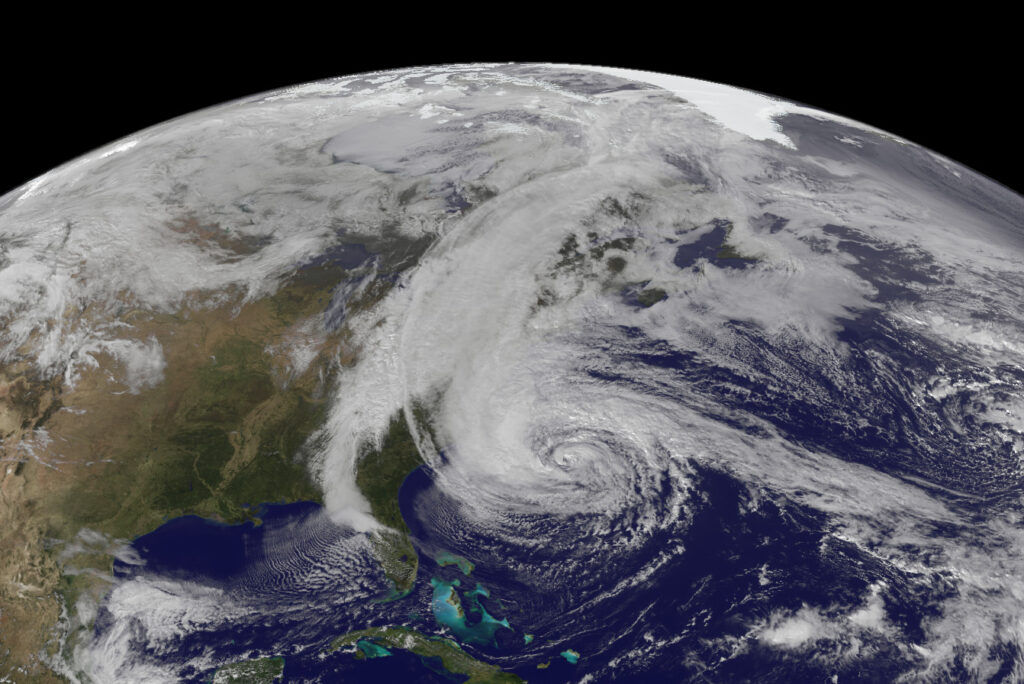
Tropical meteorology experts are saying there is an increased risk of the upcoming Atlantic Hurricane Season producing a landfalling hurricane onto the coasts of New Jersey, Maryland, Delaware, and New York this season compared to climatological norms.
The 2025 Atlantic Hurricane Season begins on June 1 and runs through to the end of November. According to the National Hurricane Center, there is no area in the basin being monitored for potential development at this time.
In New Jersey, the climatological probability of there being at least 1 named storm within 50 miles is 23%; the probability of a hurricane is 7%; the probability of a major hurricane is only 1%. However, in the latest outlook for the 2025 Atlantic Hurricane Season, those odds increase to 28% for a named storm and 9% for a hurricane, reflecting several percentage points of greater risk for the season.

In New York, the climatological probability of there being at least 1 named storm within 50 miles is 23%; the probability of a hurricane is 7%; the probability of a major hurricane is only 1%. But with the 2025 outlook, those odds increase to 32% for a named storm, up to 12% for a hurricane, and 3% for a major hurricane this coming season.
In Delaware, the climatological probability of there being at least 1 named storm within 50 miles is 23%; the probability of a hurricane is 6%; the probability of a major hurricane is only 1%. But with the 2025 outlook, those odds increase too to 28% for a named storm, and up to 8% for a hurricane. The risk of a major hurricane is the same as usual.
In Maryland, the climatological probability of there being at least 1 named storm within 50 miles is 31%; the probability of a hurricane is 11%; the probability of a major hurricane is only 1%. But with the 2025 outlook, those odds also increase to 37% for a named storm and up to 13% for a hurricane.
Forecasters warn that it takes only one storm to create a disaster. “As with all hurricane seasons, coastal residents are reminded that it only takes one hurricane making landfall to make it an active season. Thorough preparations should be made every season, regardless of predicted activity,” wrote the Colorado State University Tropical Cyclone, Radar, Atmospheric Modeling, and Software Team (TC-RAMS.)